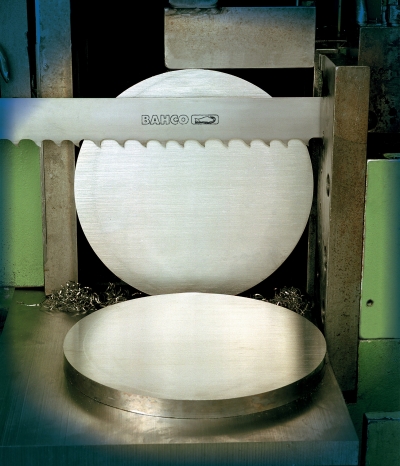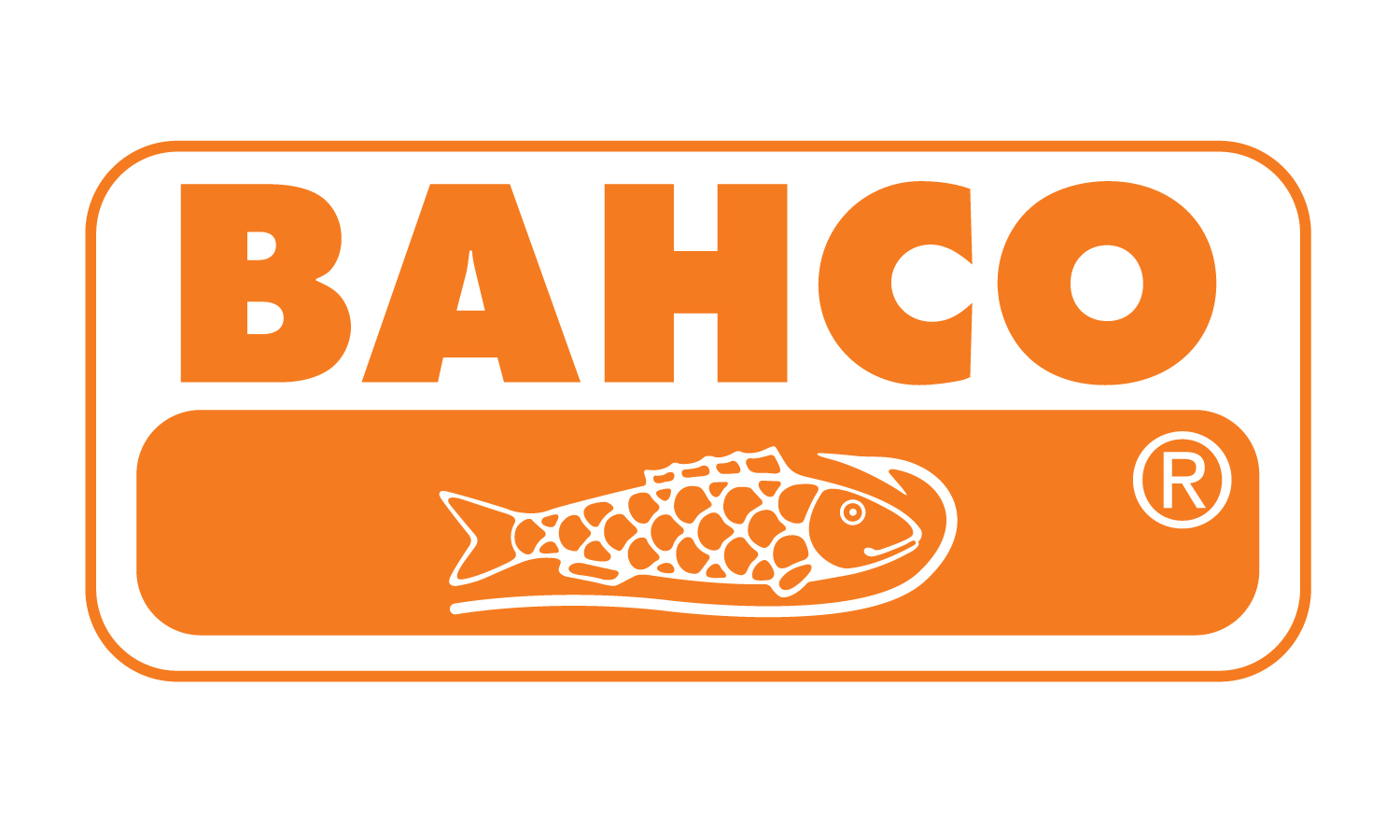
Bahco's new 3851 Sandflex Cobra bandsaw blade, with a powdered metal M42 high-speed steel tooth edge for higher hardness and added toughness, provides smooth, precise cuts for general-purpose and production-cutting applications.
The new geometry of the blade’s variable teeth pattern is mathematically formulated to maximize cutting, resulting in less friction and vibration for improved performance.
The new 3851 Sandflex Cobra bandsaw blade is also engineered for contour cutting, including aluminum and stainless steel.
Benefits of the new 3851 Sandflex Cobra bandsaw blade include:
- Hook and combo style blades
- Hook – traditional tooth design with 10° rake angle, used for nonferrous metals, wood and plastics.
- Combo – new tooth geometry with variable teeth 8° to 10° rake angle for enhanced performance.
- Harder teeth but less prone to chipping
- New stronger tooth design for material penetration and improved blade life
- Complete assortment range: 1/4" to 3-1/8”
- Offering solutions for numerous general-purpose and production-cutting applications
Contact Details
Related Glossary Terms
- bandsaw
bandsaw
Machine that utilizes an endless band, normally with serrated teeth, for cutoff or contour sawing. See saw, sawing machine.
- bandsaw blade ( band)
bandsaw blade ( band)
Endless band, normally with serrated teeth, that serves as the cutting tool for cutoff or contour band machines.
- hardness
hardness
Hardness is a measure of the resistance of a material to surface indentation or abrasion. There is no absolute scale for hardness. In order to express hardness quantitatively, each type of test has its own scale, which defines hardness. Indentation hardness obtained through static methods is measured by Brinell, Rockwell, Vickers and Knoop tests. Hardness without indentation is measured by a dynamic method, known as the Scleroscope test.
- rake
rake
Angle of inclination between the face of the cutting tool and the workpiece. If the face of the tool lies in a plane through the axis of the workpiece, the tool is said to have a neutral, or zero, rake. If the inclination of the tool face makes the cutting edge more acute than when the rake angle is zero, the rake is positive. If the inclination of the tool face makes the cutting edge less acute or more blunt than when the rake angle is zero, the rake is negative.







